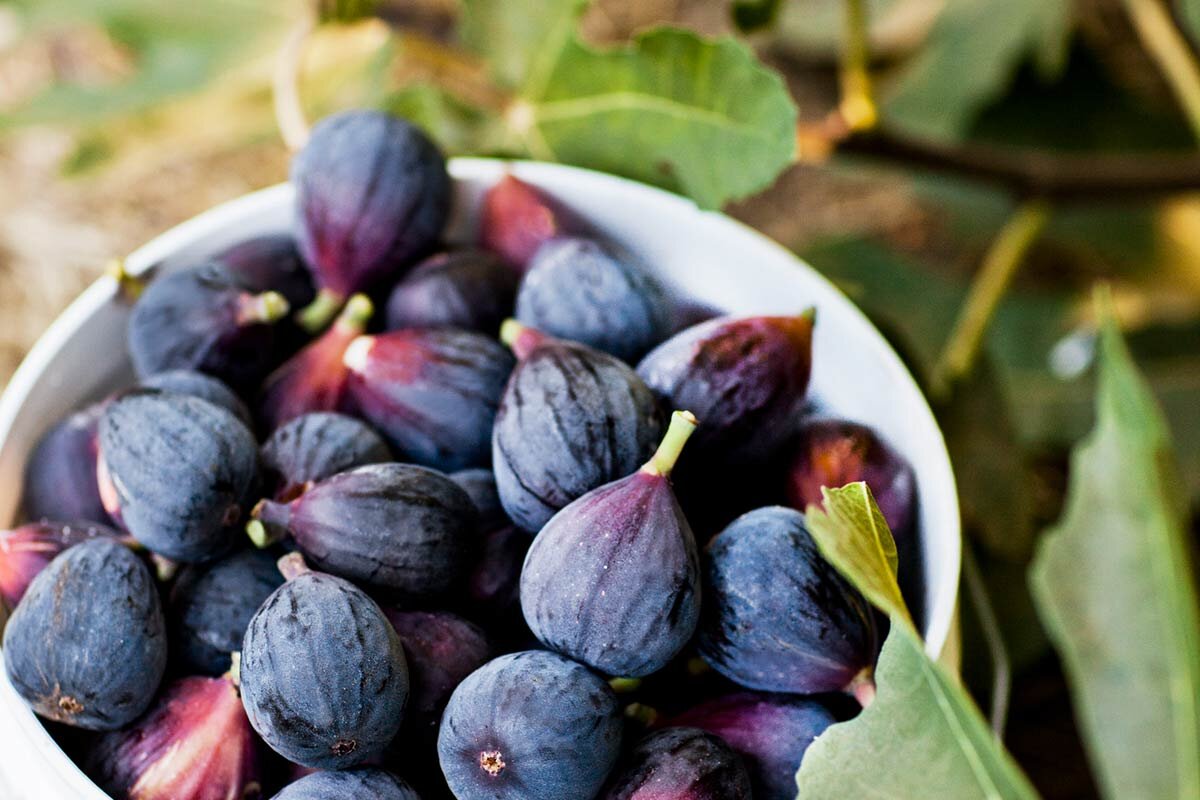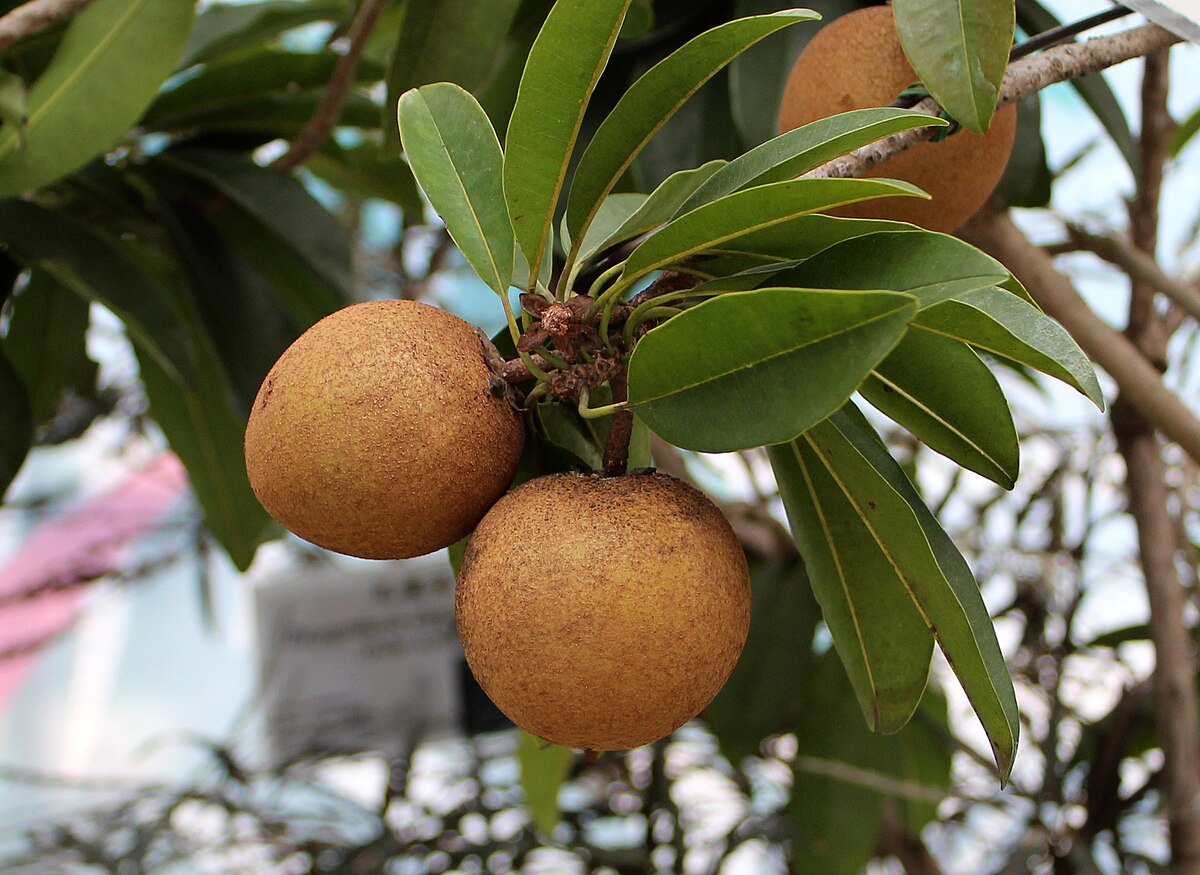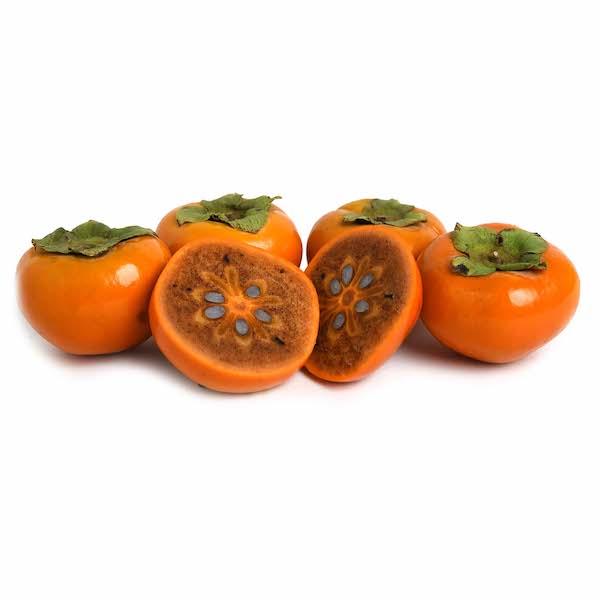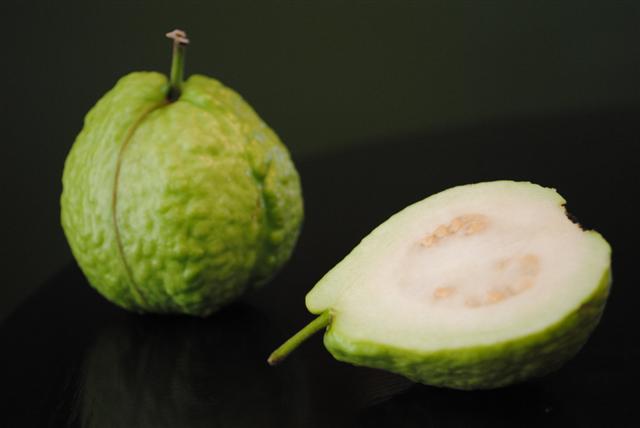
The Sweet and Savory Delight of Black Currant Fig: A Unique Flavor Combination
The black currant fig is a unique and intriguing flavor combination that is sure to tantalize your taste buds. This sweet and savory blend brings together the rich, jammy flavor of figs with the tart, slightly sweet taste of black currants. In this blog post, we’ll explore the flavor profile, nutritional benefits, and culinary uses of black currant fig.
Flavor Profile
The flavor profile of black currant fig is complex and multifaceted. The sweetness of the figs pairs perfectly with the tartness of the black currants, creating a flavor experience that is both familiar and exotic. The sweetness of the figs is balanced by the earthy, slightly bitter notes of the black currants, making this flavor combination a true delight.
Nutritional Benefits
Both black currants and figs are nutrient-rich foods that offer a range of health benefits. Black currants are an excellent source of vitamin C, potassium, and antioxidants, while figs are a good source of fiber, potassium, and antioxidants. Together, they make a nutritious and delicious addition to a variety of dishes.
Planting and Soil Requirements
- Choose a suitable location: Black currants prefer full sun to partial shade and well-draining soil.
- Soil pH: Black currants prefer slightly acidic soil with a pH between 6.0 and 6.5.
- Space correctly: Plant black currant bushes 3-4 feet apart to allow for proper air circulation and growth.
Watering and Fertilization
- Water regularly: Water your black currant plants regularly, especially during the first year after planting. Aim for about 1 inch of water per week.
- Fertilize: Feed your black currant plants with a balanced fertilizer (10-10-10 NPK) in early spring and again after harvest.
Pruning and Pest Management
- Prune annually: Prune your black currant plants annually to promote healthy growth, fruiting, and air circulation.
- Monitor for pests: Keep an eye out for pests like aphids, whiteflies, and spider mites. Use organic or chemical controls as needed to prevent infestations.
Common Issues and Solutions
- Powdery mildew: A common fungal disease that can affect black currants. Use fungicides or remove infected leaves to prevent spread.
- Pests: Regularly inspect your plants for signs of pests and take action promptly.
- Nutrient deficiencies: Fertilize regularly to prevent nutrient deficiencies.
Tips for Growing Black Currants in SoCal
- Mulch around the base: Mulching helps retain moisture, suppress weeds, and regulate soil temperature.
- Provide support: Black currant bushes can become leggy. Provide support using stakes or trellises to keep them upright.
By following these guidelines, you’ll be well on your way to growing healthy and productive black currant plants in SoCal. Happy growing!



